Personal brand is the opinion people around you form about you. At work, it’s a product of your skills, values, & personality.
Think about your personal brand as your reputation at work. It’s what people remember you for, and it’s what gets you noticed for the right reasons.
When your name comes up, you want it to mean something good.
I know you’re already busy with a full-time job and family, so finding extra hours in the week can feel impossible.
The good news is, you don’t need a lot of time or fancy tricks to build a personal brand that works for you.
If you can spare just a few hours a week, you can make real progress by focusing on the things that matter most.
Let’s look at four simple steps you can start right away, without piling on more stress.
Building a Personal Brand at Work
Most working professionals feel stretched thin, juggling jobs, family, and a never-ending to-do list. It’s easy to think personal branding is only for people with lots of free time or big social followings. But you don’t need hours or fancy strategies.
By getting clear on what you stand for, choosing just one place to show up, sharing what you’re already doing, and connecting with a few people, you can build a brand that actually fits your real life.
Here are 4 simple steps on how you can start building a personal brand at work.
Step 1: Choose Your Core Message
Your core message acts as the GPS for your entire personal brand. Your brand follows the GPS. That’s how it should be.
It keeps you focused when life gets chaotic and helps others instantly understand what you bring to the table.
Think of it like your professional signature: the one-liner people remember long after your meeting ends.
Without clarity here, you’ll waste hours creating content that doesn’t stick. A strong core message:
- Cuts through noise in crowded industries
- Turns casual connections into career advocates
- Makes colleagues/clients 3x more likely to recommend you
But the problem is, your core messaging won’t be served to you on a silver platter. You will have to earn it.
Here’s how you can get started 👇🏻
- Grab your phone during a commute or while waiting in line
- Answer 3 questions:
- What work task makes me lose track of time?
- What do people ALWAYS ask me for help with?
- If I disappeared tomorrow, what wouldn’t get done?
This is your core message. This is your personal brand in the making.
With this messaging, define yourself.
Here’s a framework you use: “I help [WHO] achieve [WHAT] through [HOW]”
Example: I help retail managers reduce team turnover using conflict resolution frameworks from my 12 years of experience in hospitality.
When you blend your core message in the definition of who you are & what you can do, you’ve successfully unlocked doors to your personal brand that even strangers can recognize.
The core message will help you land jobs you couldn’t have imagined, that too effortlessly.
Pro Tip for Overthinkers
If you’re stuck between ideas:
- List 3 non-negotiable values (e.g., transparency, innovation)
- Cross out anything that feels like corporate jargon
- Combine what’s left with your skills
What Success Looks Like
You’ll start noticing:
- Colleagues introducing you with YOUR phrasing
- Less “What do you do?” explaining at events
- Opportunities aligning with your strengths
Step 2: Pick One Place to Show Up
To build a personal brand without overwhelming your schedule, focusing on one platform where your audience already spends time is more effective than spreading yourself thin across multiple channels.
This approach saves energy, creates consistency, and helps you become a recognizable voice in your niche.
Below, I’ll break down how to choose the right platform, share practical strategies for engagement, and provide tools to streamline the process. All tailored for professionals with limited time.
Why Choosing One Platform Works?
Unless you’re a business owner, scattering efforts & focus across Instagram, LinkedIn, X, & forums dilutes your impact.
By concentrating on one platform, you can:
- Build deeper connections with a targeted audience
- Save time by avoiding the learning curve of multiple tools
- Master the platform’s nuances (e.g., LinkedIn articles vs. X threads)
For example, Cheryl Laidlaw (London Web Girl) grew her brand by focusing solely on Instagram, sharing behind-the-scenes web design tips during short breaks.
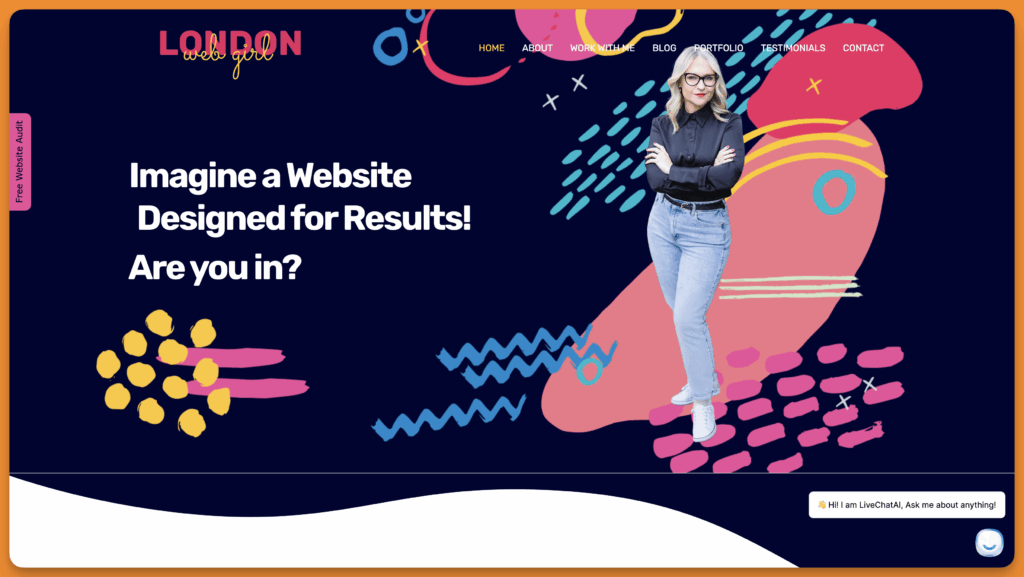
Similarly, Miss Excel grew her brand on Instagram & TikTok in June 2020 first and then pivoted to LinkedIn a lot later.
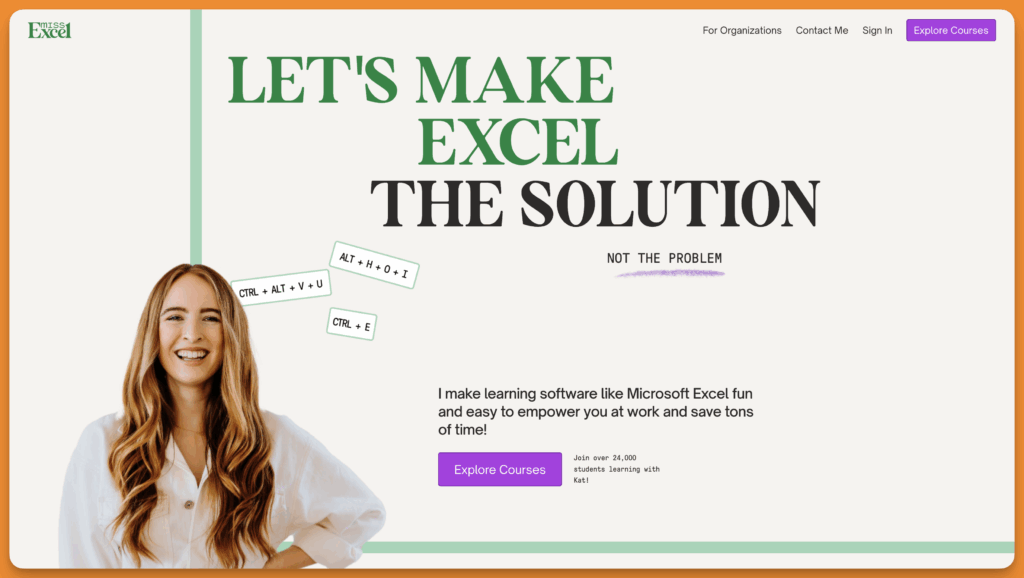
How to Pick Your Platform To Build Your Personal Brand?
Start by answering: Where does my ideal audience spend time?
For most working professionals, it would be LinkedIn and/or Twitter. Unless you want to monetize your experience, you shouldn’t focus on other platforms like Instagram/Facebook/Medium, etc.
Here’s a neat table to help you visualize your decision:
| Platform | Best For | Time Commitment | Example Use Case |
|---|---|---|---|
| B2B, career growth, leadership | 15 mins/week | Share a workplace lesson in a 3-sentence post. | |
| X (Twitter) | Real-time industry conversations | 10 mins/day | Comment on trending topics with your core message. |
| Niche Forums (Reddit, FB Groups) | Deep expertise | 20 mins/week | Answer 1-2 detailed questions in your specialty. |
Still not sure? Audit your daily habits:
- If you already browse LinkedIn during lunch, use that time to post a quick tip about a recent project.
- If you scroll Reddit before bed, answer one thread related to your expertise (e.g., r/marketing for digital marketers).
This takes us to the next step, which is probably the most important of all.
Optimizing Your Profile in 10 Minutes
A strong profile acts as a 24/7 ambassador. Use these shortcuts 👇🏻
- Headline: Include your core message (e.g., “Helping teams automate repetitive tasks”).
- Link: Direct visitors to a resource (e.g., a Google Doc with free templates).
- Bio: Add a call-to-action (e.g., “DM me for free productivity hacks”).
Pro tip: Get a professional headshot during your commute using natural light. No studio needed.
Content Ideas for Busy Schedules
Repurpose existing work to save time:
- Document, don’t create: Post a photo of your workspace with a caption about your process.
- Turn emails into posts: Share a client email (with permission) and add a key takeaway.
- Use voice notes: Record a 2-minute tip while walking and upload it as a video.
Avoid overcomplicating: Kim Doyal grew her brand using basic WordPress and email newsletters. No fancy apps.
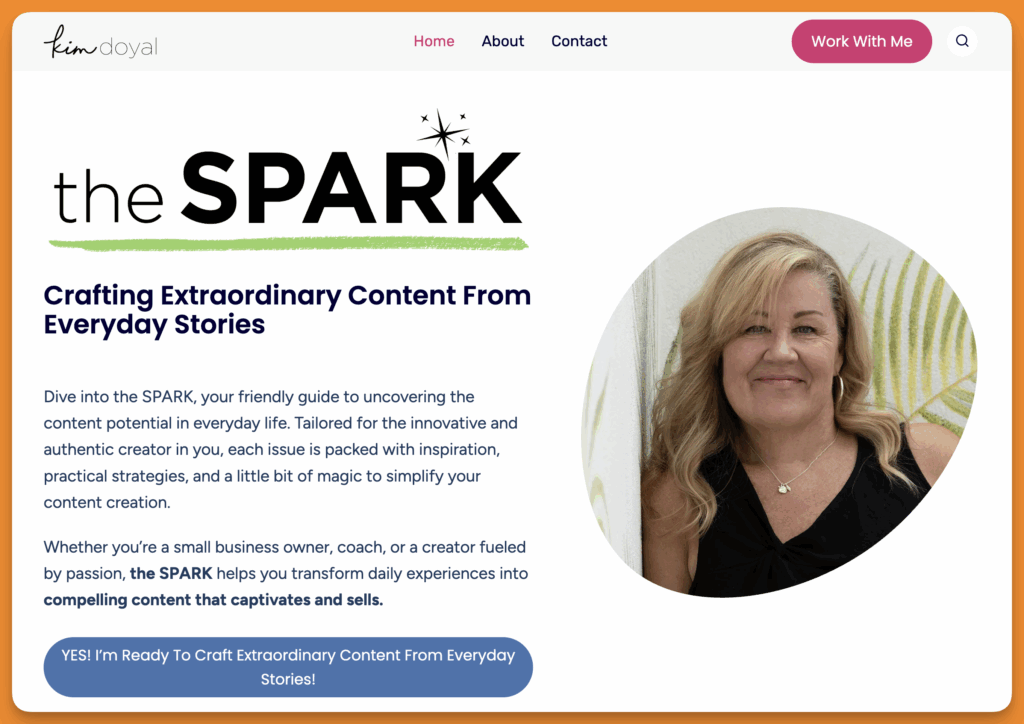
Measuring Progress
Track one metric monthly (e.g., profile views or DMs). If LinkedIn profile visits jump from 50 to 200/month, you’re building visibility. Adjust your strategy based on what resonates.
Delete underperforming posts and double down on topics that spark conversations.
By focusing on one platform, you’ll build momentum without adding hours to your week. As entrepreneur Marie Forleo says, “Clarity comes from engagement, not thought.”
Start small, stay consistent, and let the platform work for you.
Step 3: Reuse What You Already Do
Stop starting from scratch.
You’re already solving problems, leading meetings, and creating deliverables.
Those are gold mines for content. A client presentation? That’s a LinkedIn carousel on industry trends. An email where you untangled a complex issue?
That’s a 3-sentence case study. Repurposing isn’t lazy. It’s strategic efficiency.
Here’s an example 👇🏻
After creating a quarterly report, take a photo of your key insights slide and post on LinkedIn with:
“3 things we learned this quarter that changed how we approach [specific challenge].”
Add a 30-second video explaining why #2 surprised your team.
This takes <5 minutes but positions you as a problem-solver.
Use your phone’s Notes app to draft captions during downtime.
Saw a colleague struggle with a workflow? Jot down how you’d simplify it. Later, turn that into a 280-character “micro-tutorial” for X/Twitter.
When you reuse internal work externally, you subtly showcase your value to current employers while attracting new opportunities.
A manager’s email praising your solution becomes a testimonial. A troubleshooting process you documented becomes a “how to avoid this pitfall” thread.
Block 15 minutes monthly to review your work outputs. Ask: “What here would help others in my field?”
That’s your content calendar. Done & dusted.
Caution: Always blur sensitive data. If you can’t share specifics, talk about the framework you used. Instead of “How we boosted [your company name] sales,” say “3 pricing strategies that work in volatile markets.”
Step 4: Connect with Just a Few (but relevant) People
The strength of your personal brand depends on the quality of your relationships, not the size of your follower count.
While it’s tempting to chase visibility through likes or shares, meaningful interactions with the right people create lasting trust and open doors to opportunities that algorithms can’t replicate.
A smaller, engaged network often yields better results than thousands of passive followers. When you invest in 1-2 thoughtful conversations per week, you’re not just adding contacts.
You’re building advocates who’ll organically share your expertise.
Professionals with 20–30 meaningful connections received more job referrals than those with 500+ generic connections. Before you think otherwise, networking does work, especially in a noisy social media-centric world.
Comments are the best way you can start networking and getting noticed. This is without expanding your network. Once you do that, you will have unlimited ideas for comments, more than you can natively post.
Here’s my search appearance analytics from LinkedIn.
Nearly 82% of search appearances for my profile are coming from Comments I leave on others’ content. I put a lot more hard work into creating content, but that doesn’t even come close to the exposure comments give me.
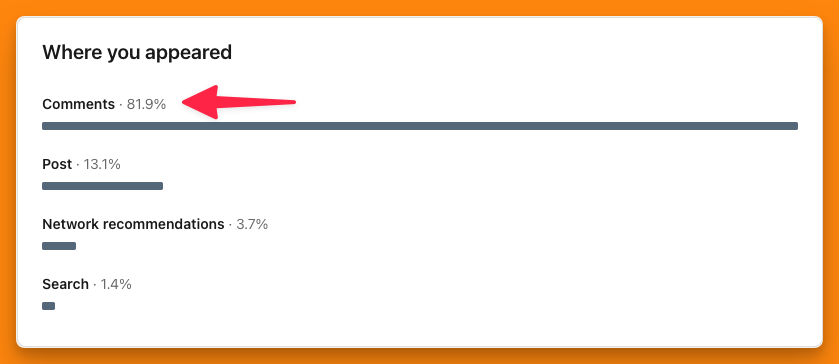
Generic “nice post!” comments get ignored. Instead, reference specific details to show genuine interest.
For instance:
- “Your take on [topic] in last week’s newsletter shifted how I approach client meetings-especially the point about [specific idea]. Have you seen similar results in [related scenario]?”
- “I referenced your article on [topic] during a team workshop today. The section about [detail] sparked a great discussion about [outcome]. Thanks for sharing!”
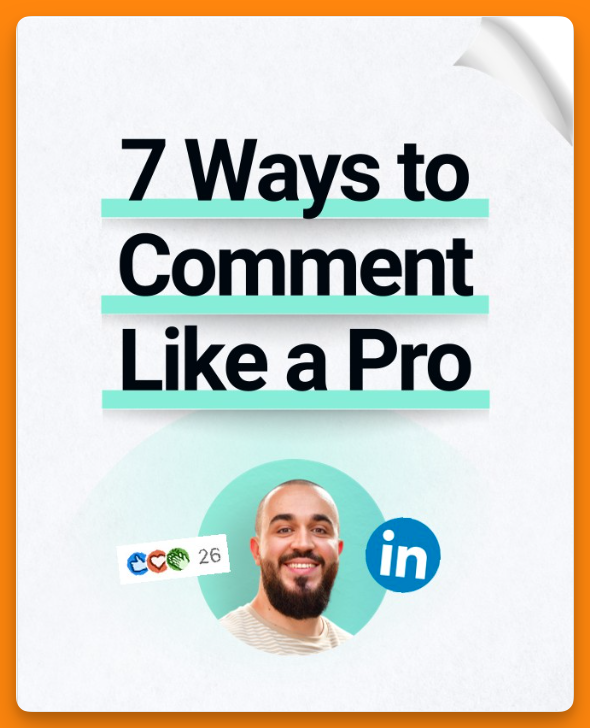
Templates for Busy Schedules
- Use pre-built LinkedIn comment templates to save time while maintaining authenticity:
“@[Name], your strategy/insight/post for [specific challenge] aligns with what I’ve seen in [industry]. Have you considered [related insight]?” - For cold outreach, highlight a common interest before asking a question. That acts as an icebreaker.
- Send a 2-minute voice note via LinkedIn to engage: “Just read your update on [topic]-here’s how it applies to a challenge I’m tackling…”
Grow Your Influence Without Sacrificing Family Time
You don’t need to overdo your schedule or chase every trend to grow your personal brand.
Even with a packed calendar, you can make real progress just by choosing one small action to try this week.
Take a few minutes to figure out what you stand for, and share that idea with someone you trust. That simple move can set everything else in motion and make your brand feel a lot more natural.

